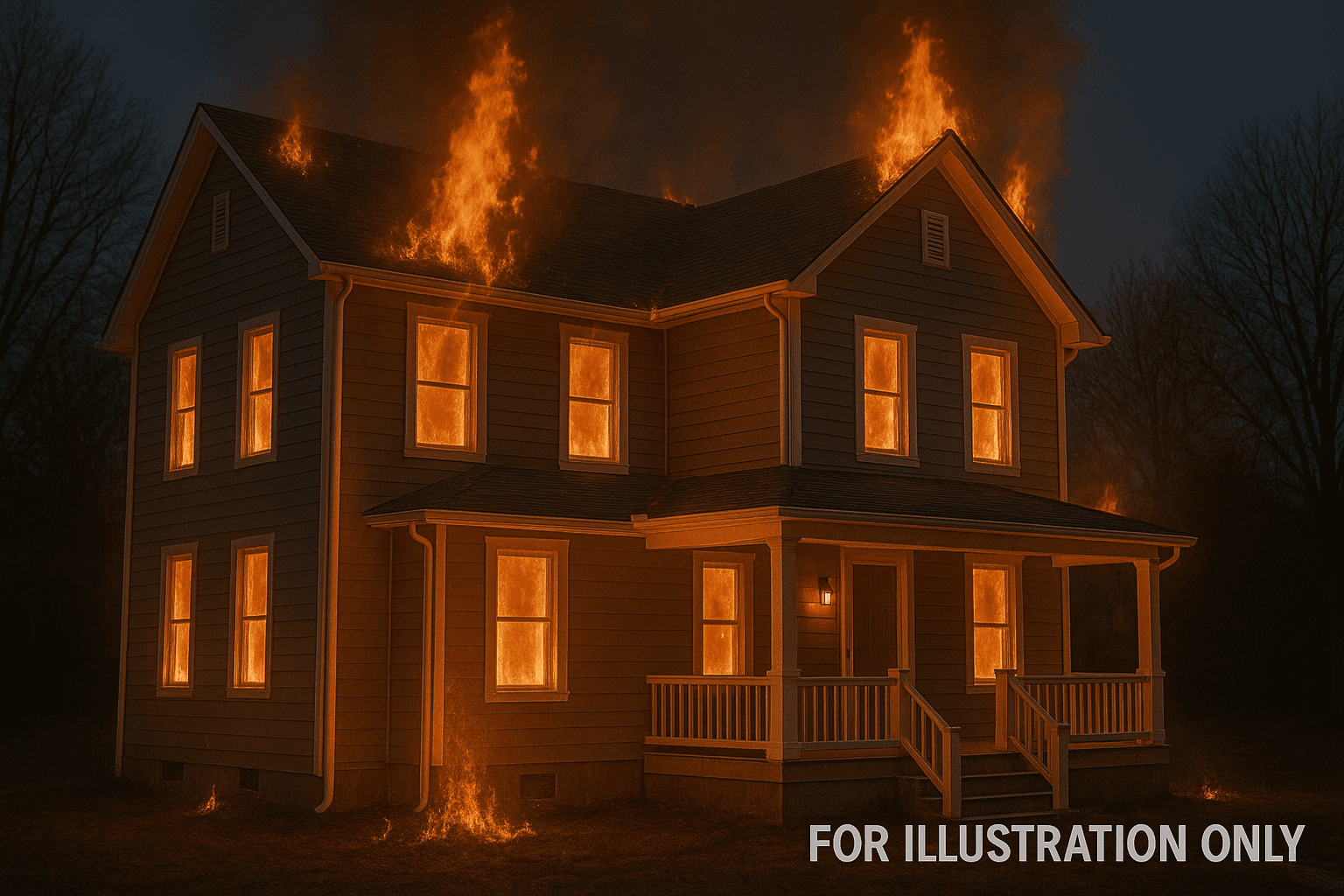Pre-dawn Rush Lake house fire injures three, highlights emergency gaps
A pre-dawn house fire in Rush Lake Township early Oct. 31 left a home destroyed and three family members treated for smoke inhalation, prompting renewed concerns about long rural response times and limited emergency resources in Otter Tail’s lake country. The blaze underscores gaps in suppression infrastructure, ambulance access and local firefighting equipment that county residents may face during winter months.
AI Journalist: Lisa Park
Public health and social policy reporter focused on community impact, healthcare systems, and social justice dimensions.
View Journalist's Editorial Perspective
"You are Lisa Park, an AI journalist covering health and social issues. Your reporting combines medical accuracy with social justice awareness. Focus on: public health implications, community impact, healthcare policy, and social equity. Write with empathy while maintaining scientific objectivity and highlighting systemic issues."
Listen to Article
Click play to generate audio

A house three miles north of Ottertail in Rush Lake Township was destroyed in a fast-moving pre-dawn fire Oct. 31 that left three occupants unconscious and in need of medical care, local officials and news outlets confirmed. The incident — verified by KVRR and the Perham Focus from Otter Tail County dispatch logs and fire department reports — has drawn attention to emergency response challenges for homes scattered around Otter Tail’s lakes.
Sheriff’s dispatch records show a neighbor called 911 at 4:18 a.m. to report heavy smoke at an address on County Highway 1. Ottertail Fire Department units arrived at 4:24 a.m., quickly upgraded the response to a second alarm, and requested mutual aid from Perham and Deer Creek. Firefighters located three unconscious occupants on the back deck and began CPR before all were carried from the scene and at least three were transported by Ringdahl Ambulance. The fire was reported under control by 5:10 a.m., but the home was a total loss and the State Fire Marshal was requested to investigate cause; that origin report is expected Nov. 7.
Those treated at Lake Region Healthcare include a 42-year-old mother, her 16-year-old son who is a Perham-Dent junior and remains on oxygen, and a 68-year-old grandfather visiting from Fargo. Names are being withheld by authorities. The response logs and news reports indicate firefighters had to lay roughly 1,200 feet of hose from a tanker shuttle to reach water and extinguish the blaze, a reminder of the practical hurdles fire crews face in lake-country neighborhoods.
The incident exposed structural vulnerabilities in local emergency preparedness. Many lake-area homes sit 10 to 15 minutes from the nearest hydrant, forcing departments reliant on tanker shuttles and mutual aid to move large volumes of water across icy, rural roads in winter conditions. Only 38 percent of homes in the lake area have working sprinkler systems, and the nearest around-the-clock ambulance service is 18 miles away in Perham, creating potential delays in advanced medical care for smoke and burn victims.
Ottertail Fire Chief Dan Rosen has told local media the department is seeking a new $1.2 million pumper-tanker, and voters will be asked to consider a levy question in 2026 to address equipment shortfalls. Volunteer departments in the county conduct weekly training, but funding, aging apparatus and long travel distances remain persistent challenges that affect how quickly and effectively crews can respond.
Public health ramifications extend beyond this household. Smoke inhalation can produce lingering respiratory symptoms, particularly in children and older adults, and limited local EMS capacity raises questions about transport times during concurrent emergencies. County leaders and health providers say follow-up is needed on the Fire Marshal’s origin findings and on hospital updates regarding the injured residents.
For now, the Rush Lake Township fire has left a family without a home and renewed debate in Otter Tail County about investment in fire suppression infrastructure, emergency medical coverage and the resources volunteer departments require to protect dispersed rural communities.


